This Week At Angama #67
17 May 2019 | This Week at Angama | Adam Bannister
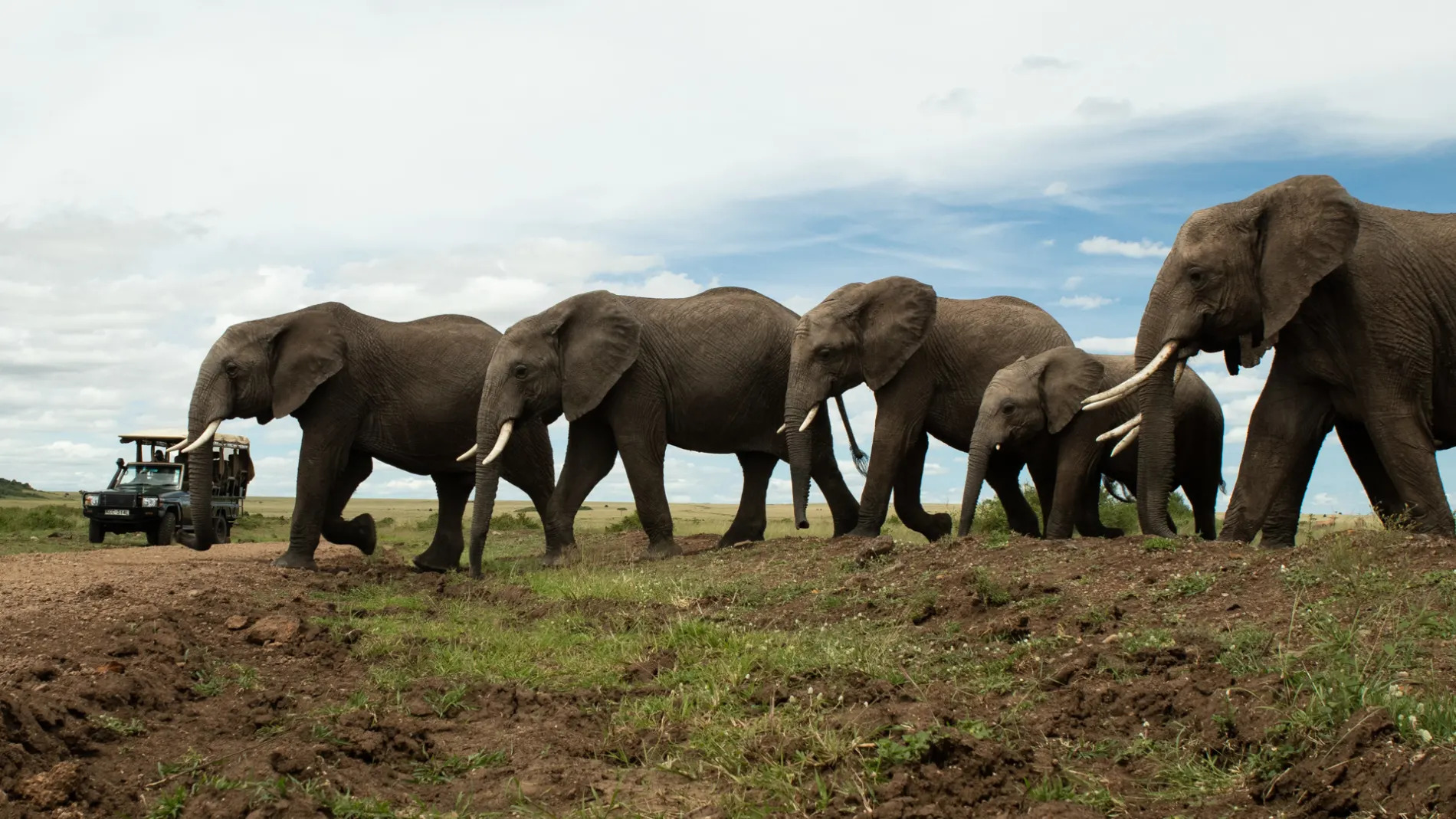
[f 11.0, 1/250, ISO 500, +0.33]
I hope that I have to eat my words, but it appears as if the short rains have already ended. This time last year, the Mara was reminiscent of the Okavango Delta at times, with vast tracts of land completely covered in water. This year, the rains did not ever truly arrive and with the exception of a few puddles here and there, the Mara is mostly dry. The grass, however, is in incredible condition and there is plenty to feed on for the general game – and where there is general game, predators are not far behind.

There are few animals more charismatic than the African elephant. Unlike other animals that can seemingly do nothing for long periods of time, elephants are always active and doing something. Spending quality time in their company allows them to relax and results in incredible photographic opportunities. [f 7.1, 1/500, ISO 500, +0.67]

Two relatively young bulls caught in the middle of a tussle. [f 7.1, 1/800, ISO 500, +0.33]
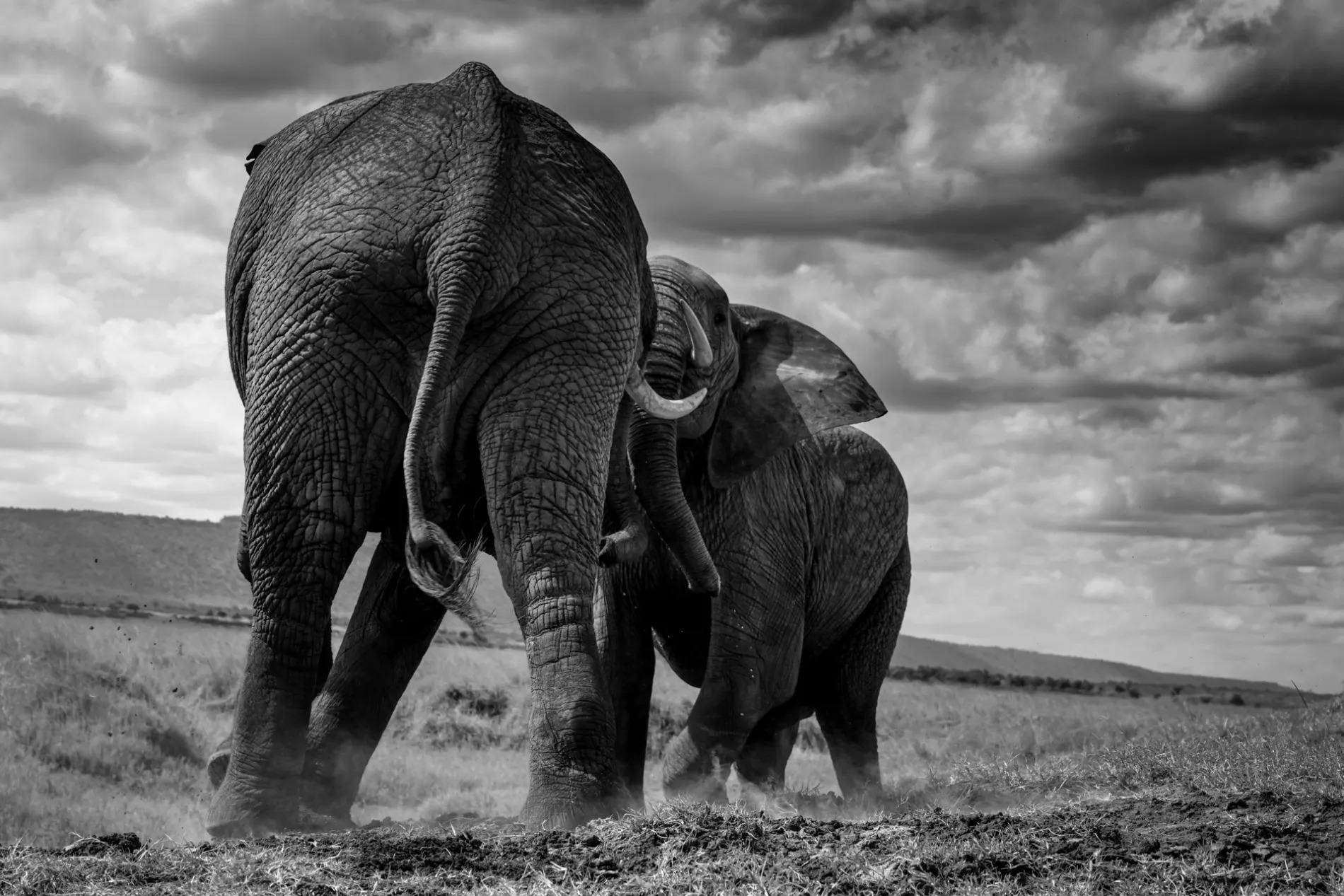
A low, close up angle, and then converted into black and white makes for a rather dramatic photograph. I learnt a lesson this week after making a school-boy error. I took an entire game drive’s worth of wonderful photographs whilst my camera was set on low-resolution jpeg. Sadly, not only does this diminish the quality of the final product, but it limits my ability to do any significant processing. We all make mistakes. [f 7.1, 1/500, ISO 500, +0.33]
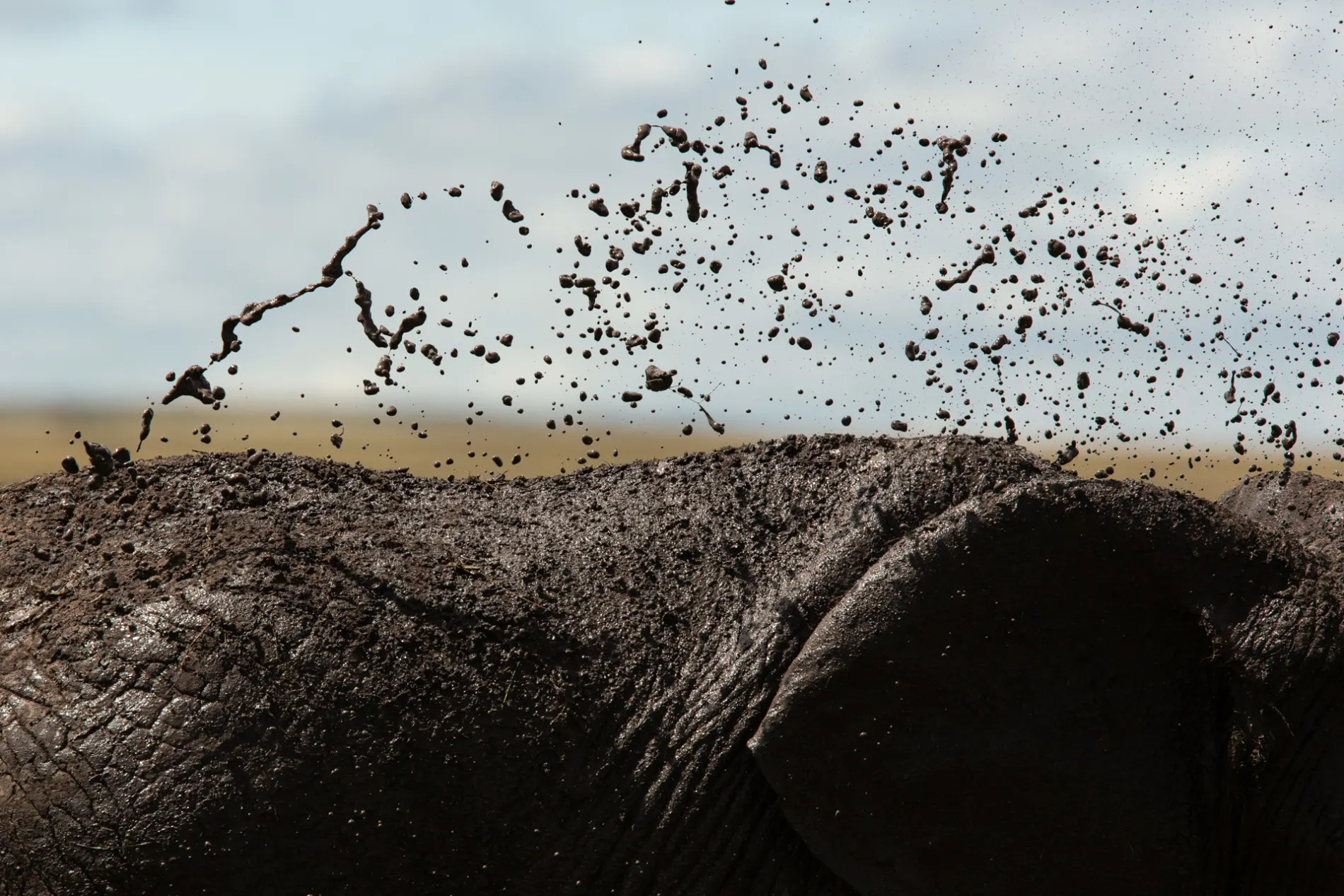
The lighting was so harsh at around 11am that I gave up on photographing entire elephant bodies and instead focused on portions of their bodies. One female was bathing herself in mud and I immediately saw the opportunity to get a freeze motion shot of the mud particles in mid-air. I think they look like chocolate bubbles. [f 6.3, 1/62500, ISO 400, -0.33]
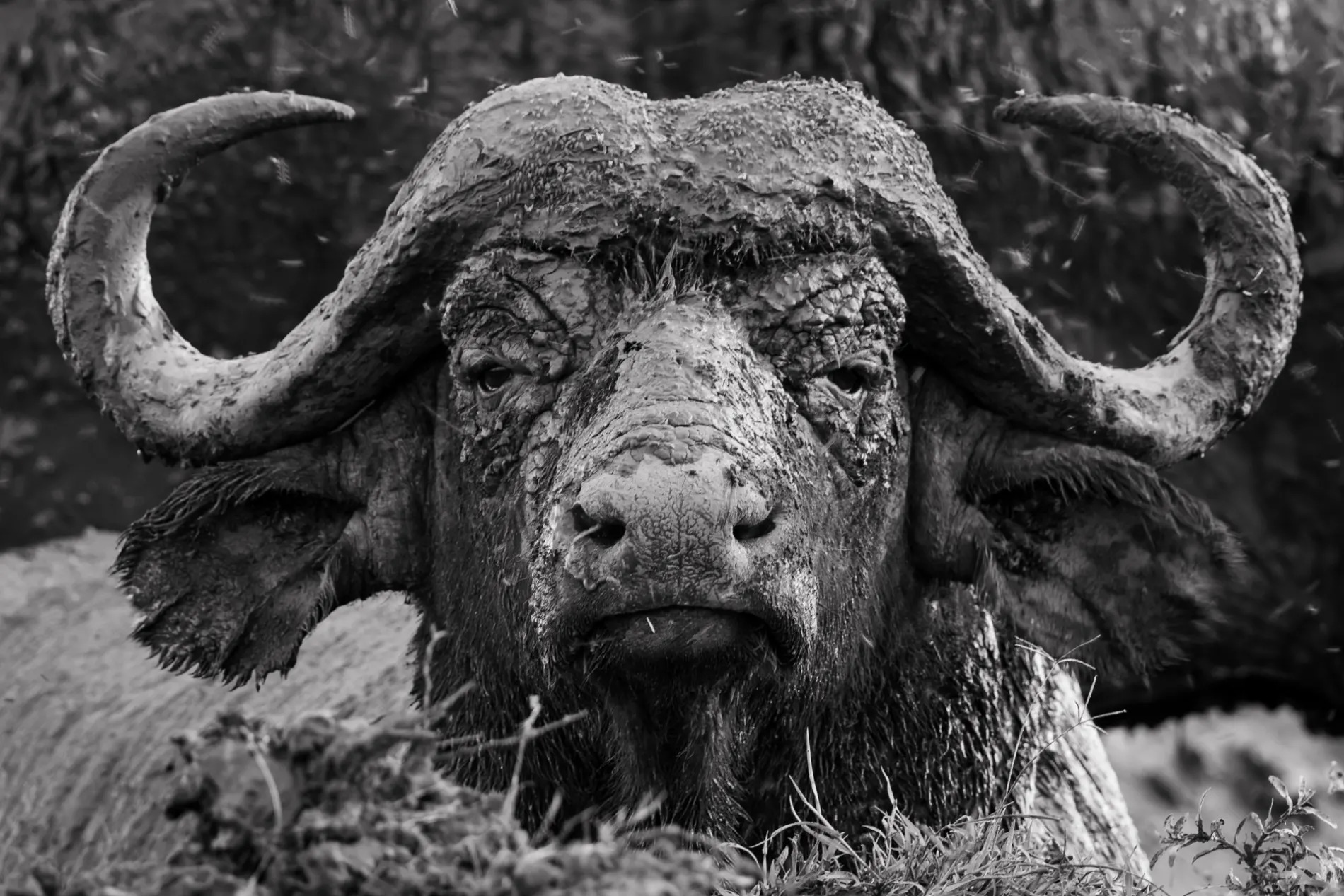
Instead of just getting a buffalo portrait I wanted to slow down the shutter enough to show the flies buzzing around his face. I wanted to get a shutter speed that was fast enough to have his face in focus and the flies blurred to highlight their annoying flight. I almost managed to achieve this. [f 6.3, 1/40, ISO 400]
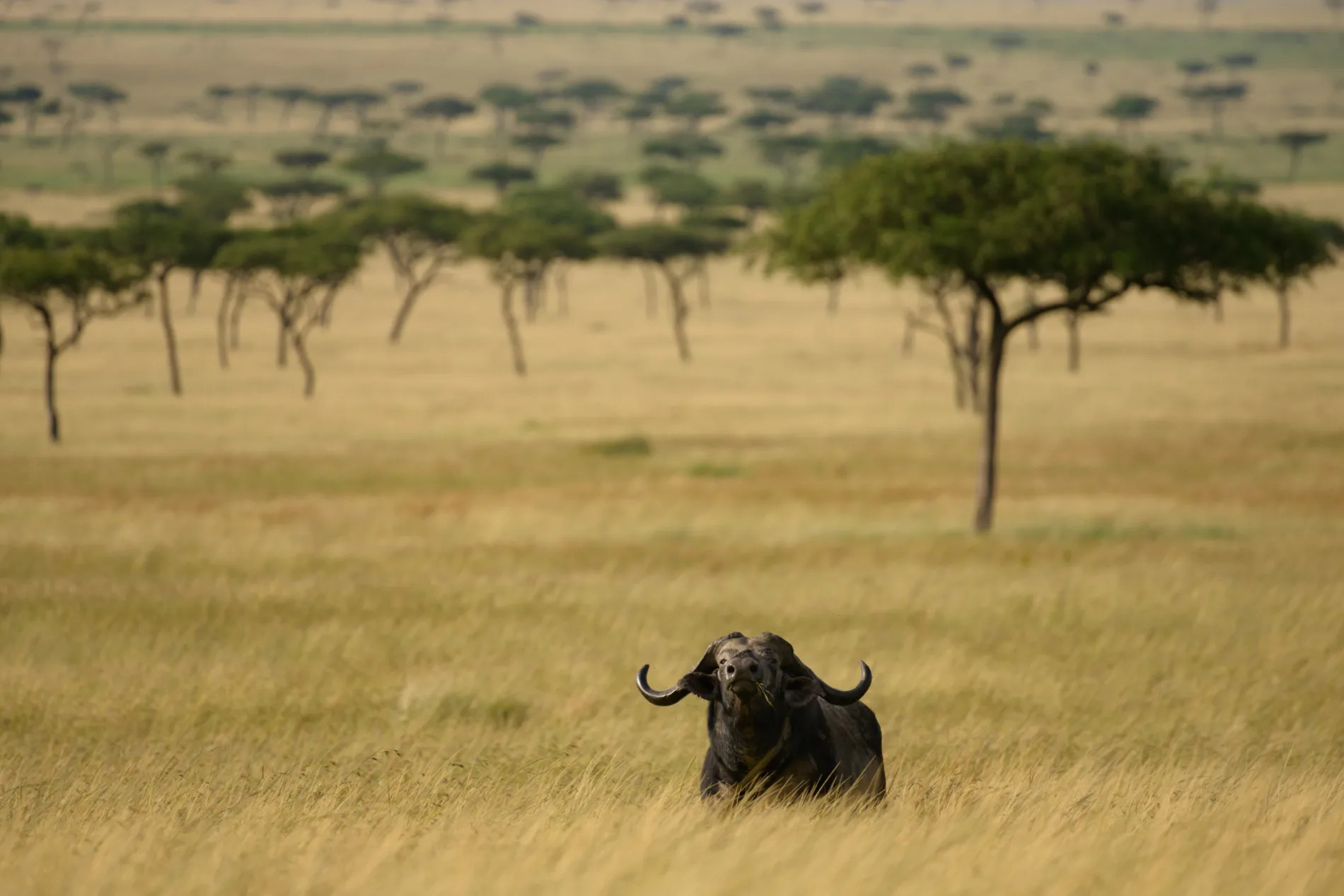
There is always something exciting about seeing a solitary buffalo who becomes agitated and on edge at the sight of your car. Nose up, chest puffed out and eyes glaring – it never fails to get my heart racing. [f 6.3, 1/1250, ISO 400]

One of the things that intrigues me about this part of the world is the way vulture numbers fluctuate wildly. They clearly follow the migration. There are only a handful of vultures in the Mara at this time, but give it a month or two and they will return in droves. [f 5.6, 1/2000, ISO 250]
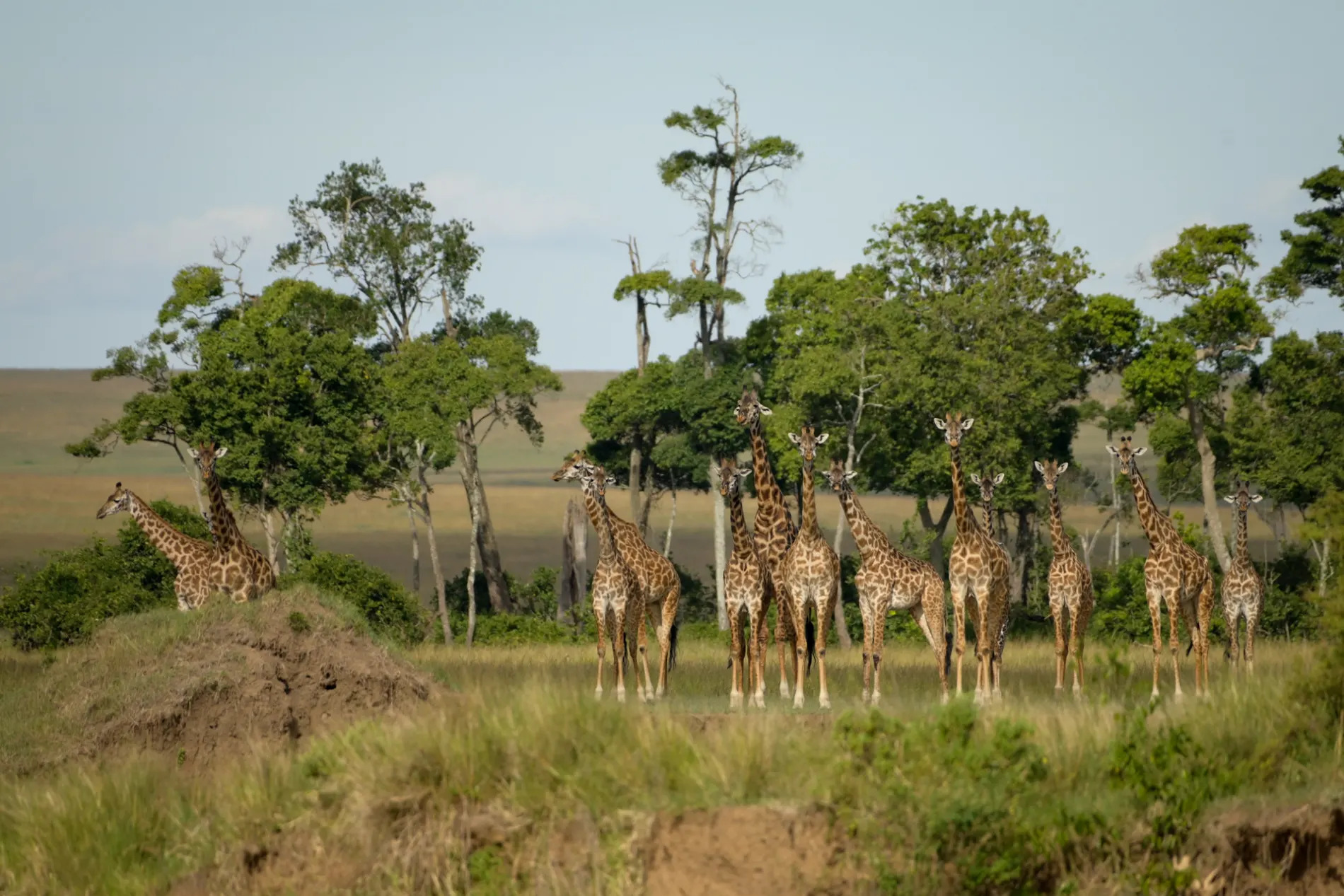
This week, a rather large journey of giraffe took a day trip down to the Mara River. I counted 29 of them in total; 13 of which are in this photograph. [f 5.6, 1/1000, ISO 200]

Many people have asked what the hippos do when the water levels drop. The answer: they congregate in large groups in the stretches where the water level is deep enough to allow them to rest submerged. But tensions grow… [f 5.6, 1/640, ISO 200, -0.33]
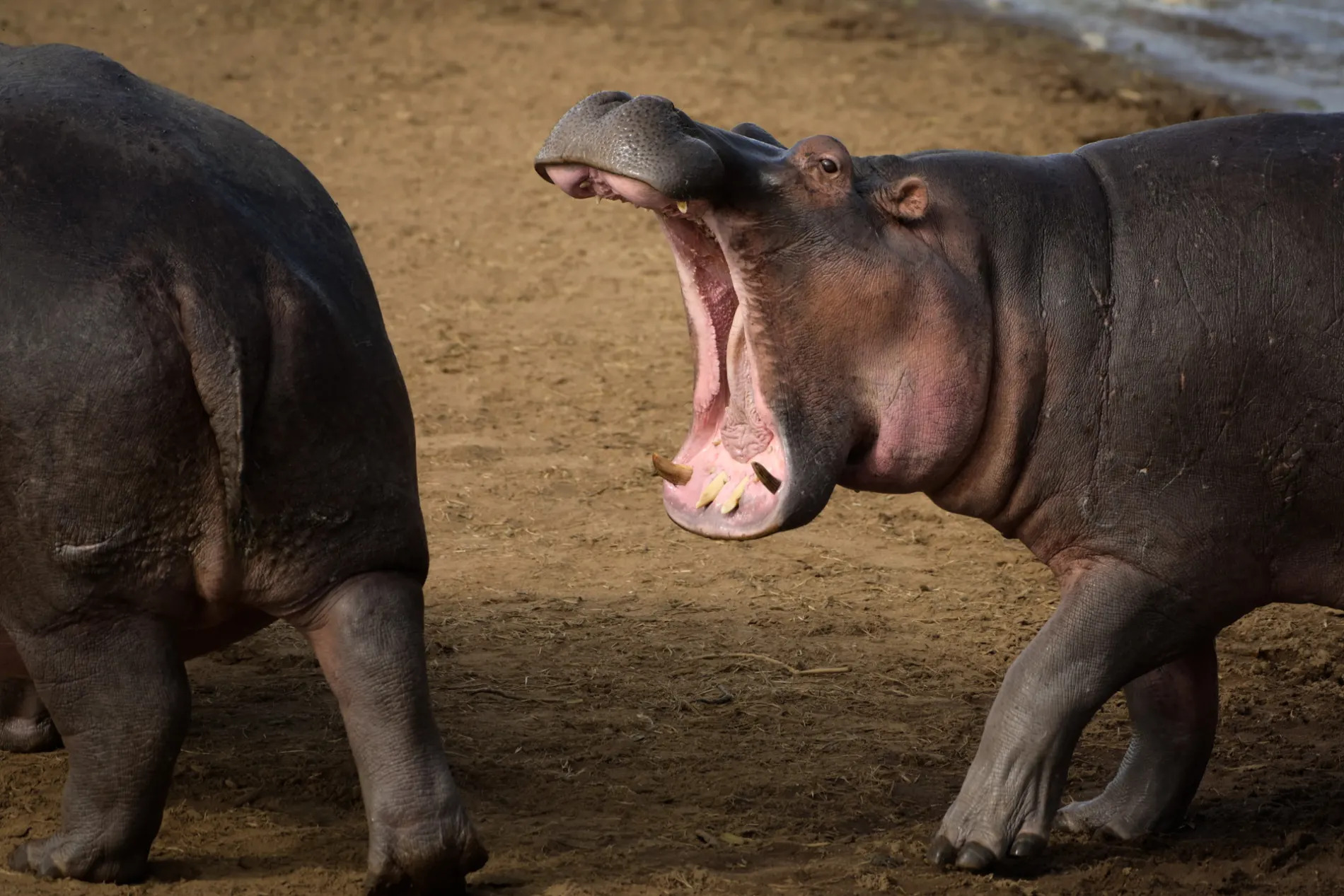
And fights do break out. [f 5.6, 1/400, ISO 200, -0.33]

In the midst of the hippo pod melee, a precious moment reveals itself. [f 5.6, 1/1250, ISO 250, -0.33]

And a little bit of patience results in a magnificent moment. A belated Happy Mother’s Day to all. [f 5.6, 1/800, ISO 250, -0.33]

Another creature dependent on the water levels in the river is, of course, the crocodile. On this occasion this individual was embedding himself in the mud. Don’t they look prehistoric? [f 4.0, 1/6400, ISO 400, -0.33]
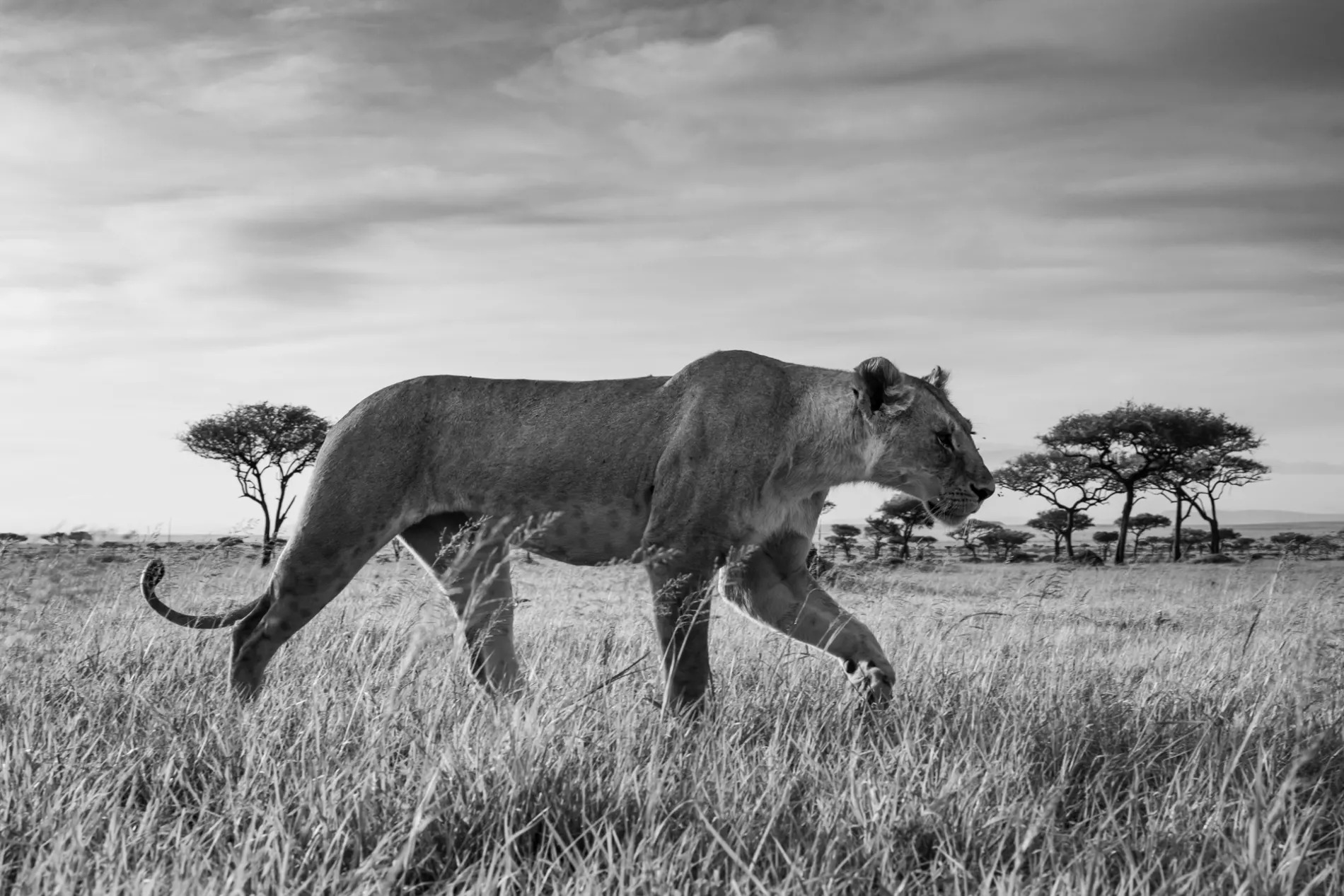
One of the lionesses in the Owino Pride. [f 8.0, 1/400, ISO 400, +0.33]
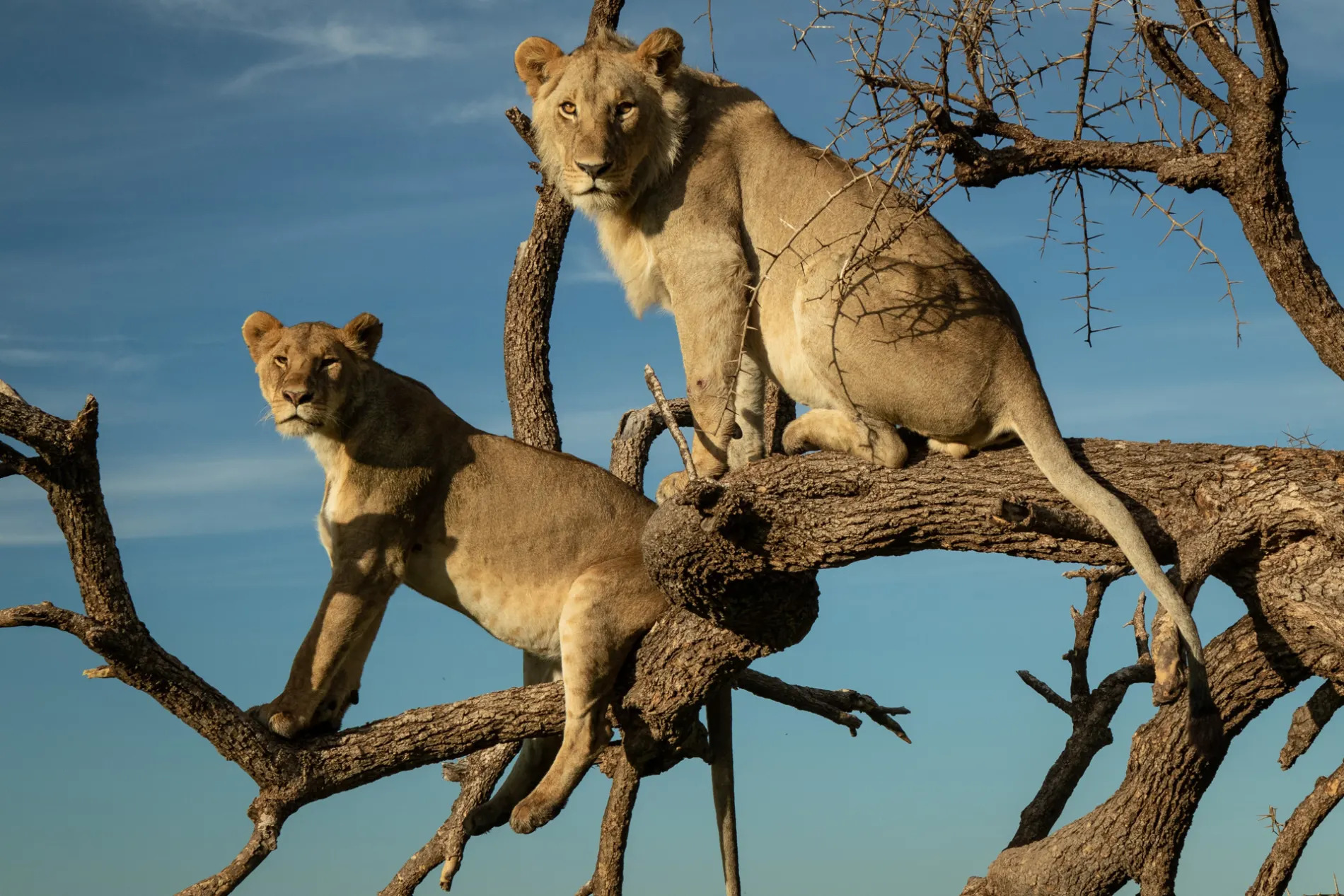
Wildlife photography is often about being patient and prepared. After sitting with the Owino Pride for well over two hours, they climbed up into a fallen tree to survey their territory. At the time, I was conducting a private half-day photography workshop with a guest. What a special moment and I am delighted to say the guest walked away with an entire sequence of phenomenal photographs. [f 11.0, 1/320, ISO 400]
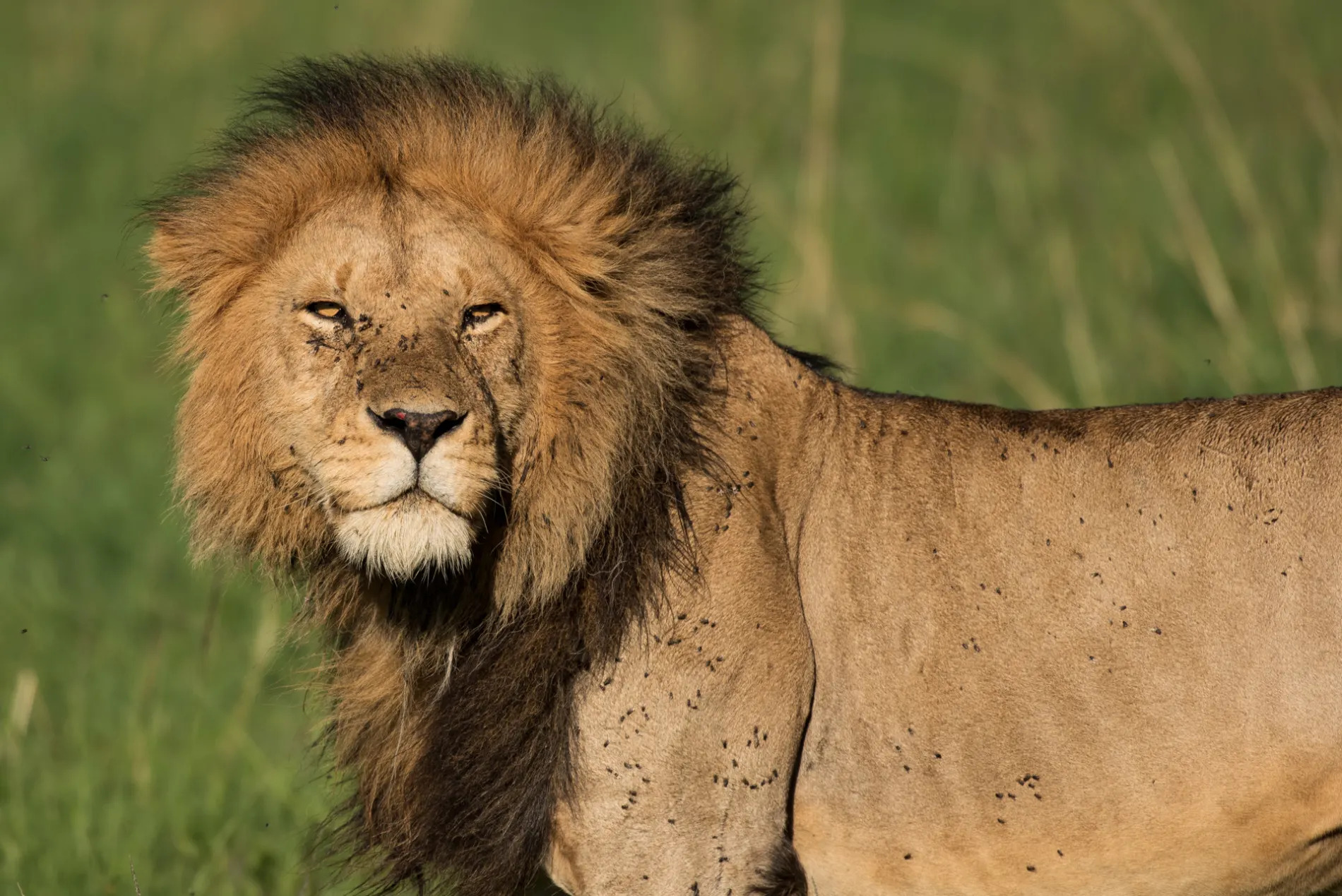
After five days of mating with one of the lionesses from the Owino Pride, this male left her and headed south. The following morning, we found him with his other pride – the Sausage Tree Pride. [f 5.6, 1/2500, ISO 320, -0.33]
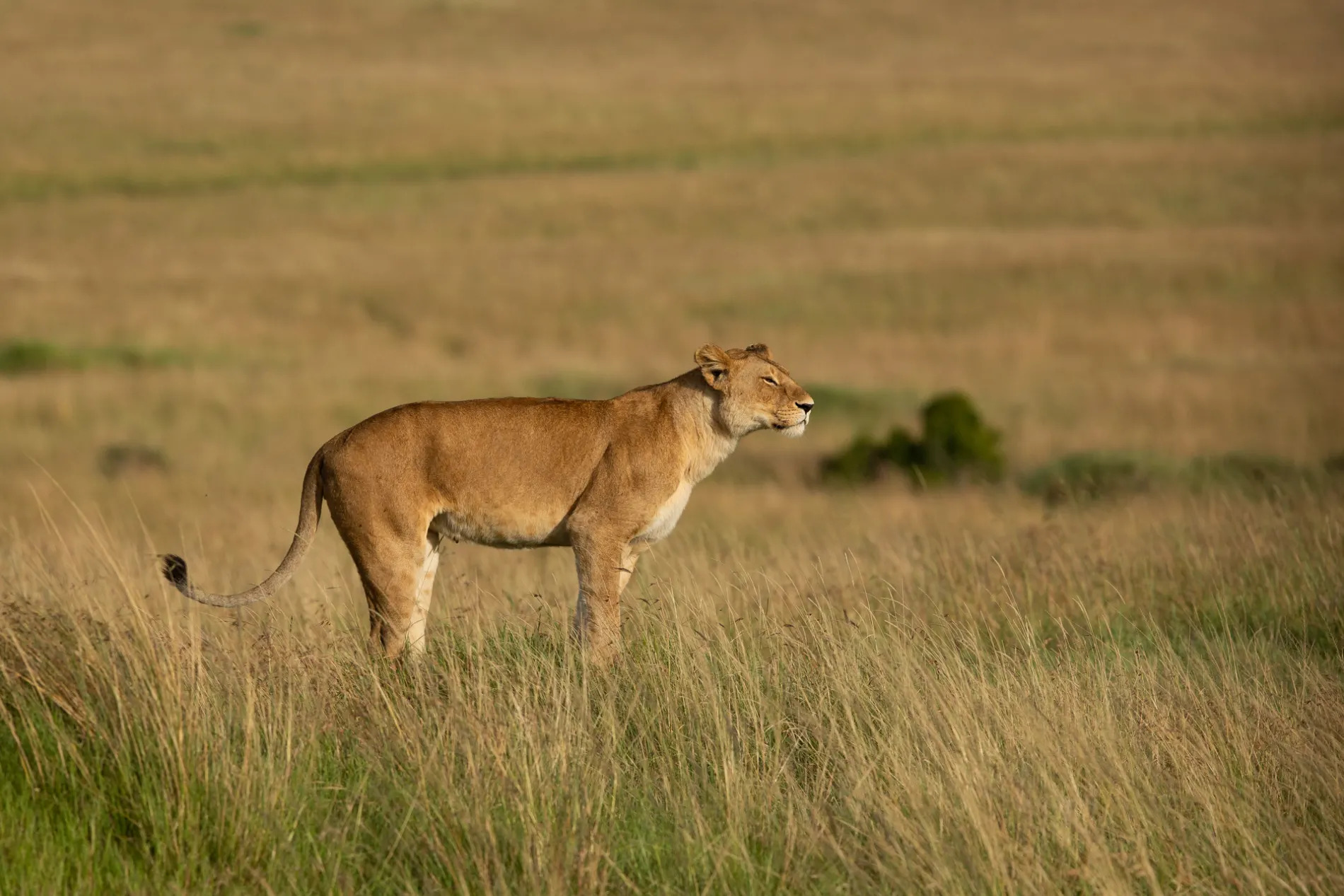
I conducted a second photographic workshop drive this week and we decided to focus on the Sausage Tree Pride. Our intention was to focus on capturing lion behaviour. [f 5.0, 1/4000, ISO 400, -0.33]
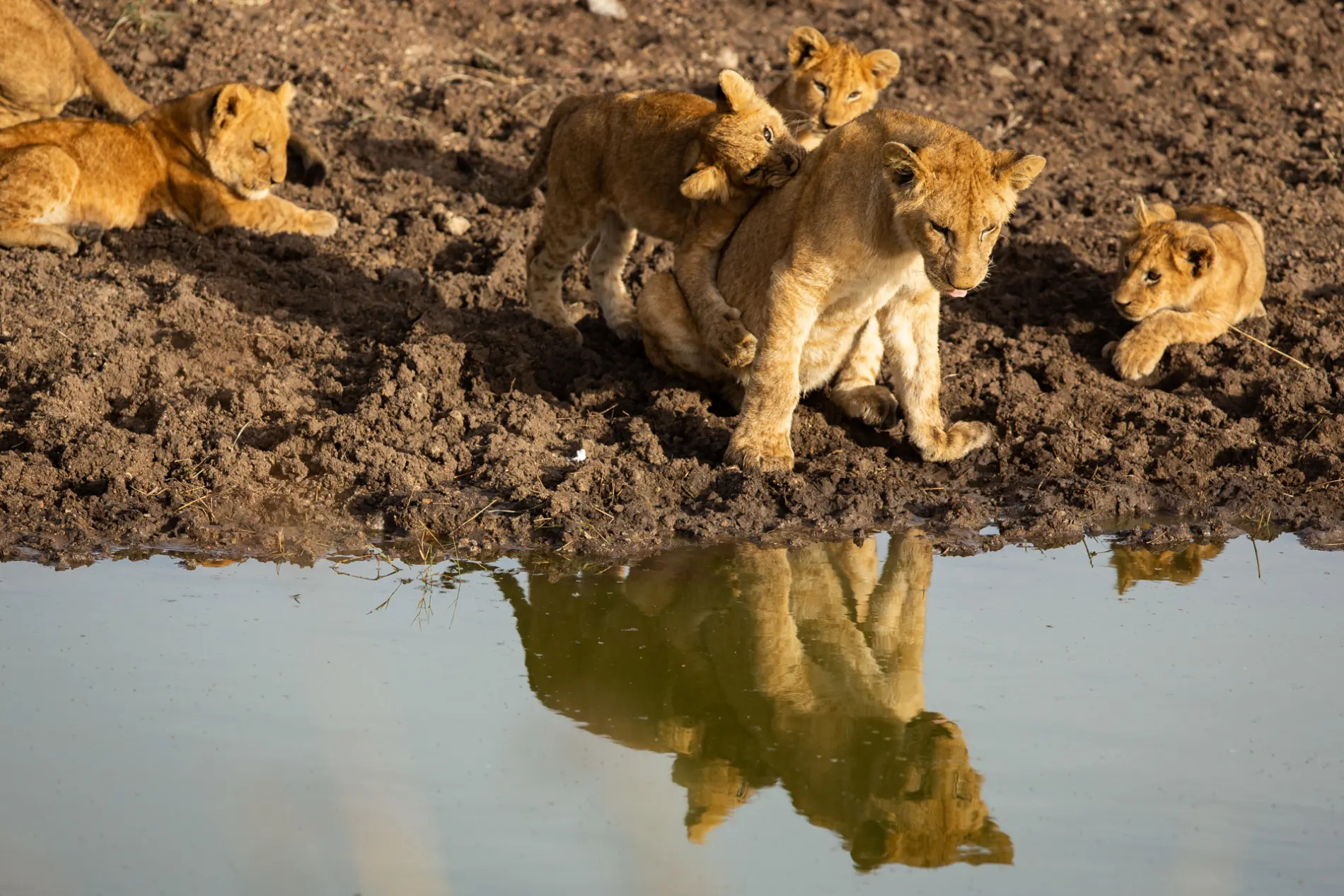
We stuck with this large pride and were rewarded with amazing scenes as they went to drink. The reason I have put this specific photo in, however, is not because I think it is a great shot, but rather because it shows a rather alarming injury to one of the cubs. Look at the back left of the picture to see the profile of the cub. You can see how swollen and enlarged its face is. My theory is that it has been bitten by a snake. It can barely open its little eyes, but it seems to be walking just fine. Lions are resilient and I have little concern that it will bounce back. I will keep you updated. [f 4.0, 1/1250, ISO 400, +0.33]
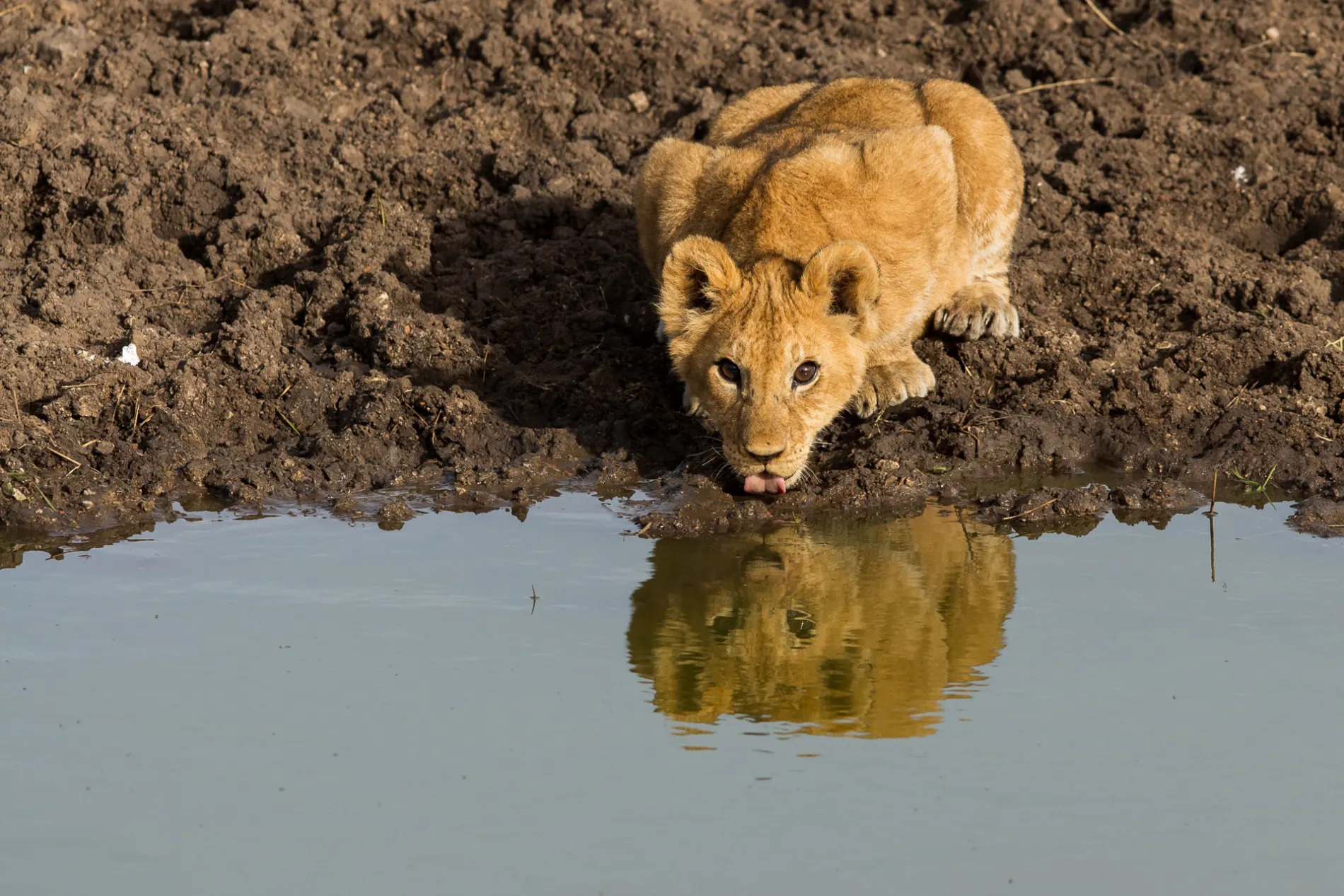
Moments like this are what keep excited about going out into the Mara day after day after day. [f 5.0, 1/1600, ISO 400]

A little Sausage Tree Pride cub stares longingly up at a giant eagle owl that was perched above in a fig tree. [f 5.6, 1/500, ISO 400, +1]
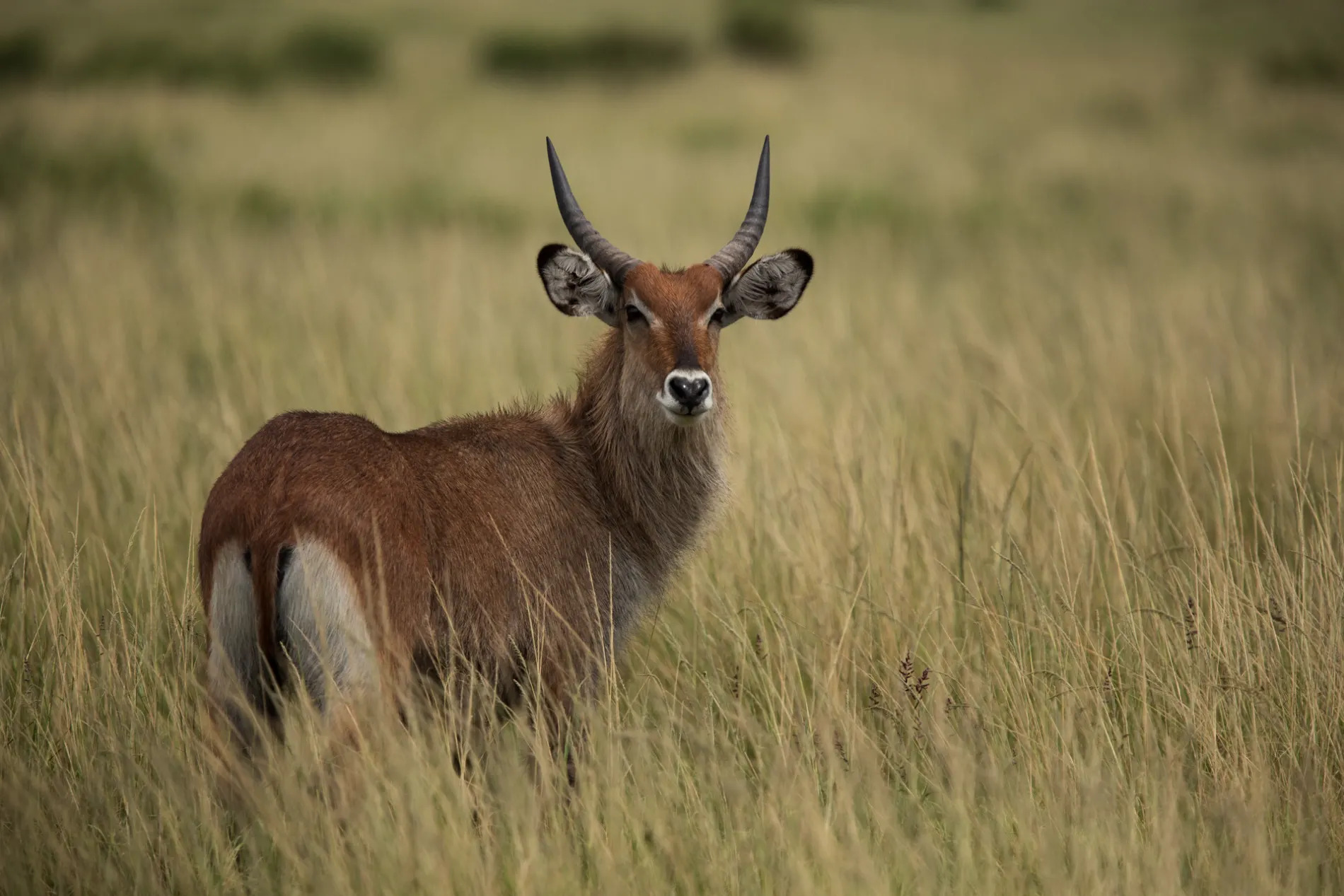
I have included this as a reminder to not forget about the ‘Non Big 5’ animals when out on a safari. A young male waterbuck makes for a lovely photo and can be used to illustrate the wonderful diversity of wildlife in the Maasai Mara. [f 4.0, 1/5000, ISO 400, -0.33]
Of course, this week Jeff also managed to get out into the reserve a fair bit. Here are some of his more special moments from this week…
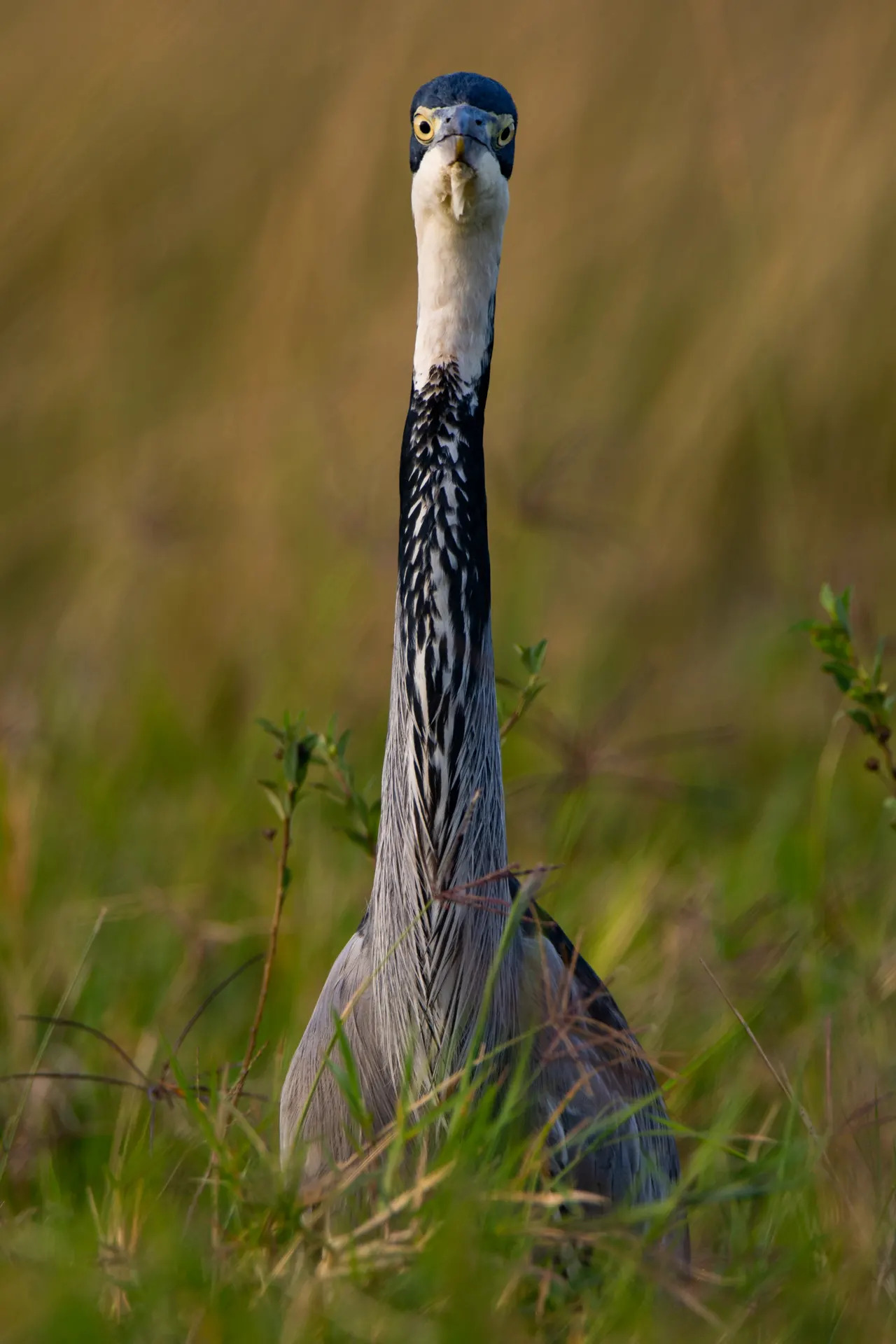
It is always very special to photograph animals up close – when your eyes lock it is something wonderful. [f 6.0, 1/100, ISO 100, -0.33]

We are still not able to confirm, with certainty, who this big male leopard was. [f 6.3, 1/80, ISO 200, +0.33]
THIS WEEK A YEAR AGO (TWAA #15)
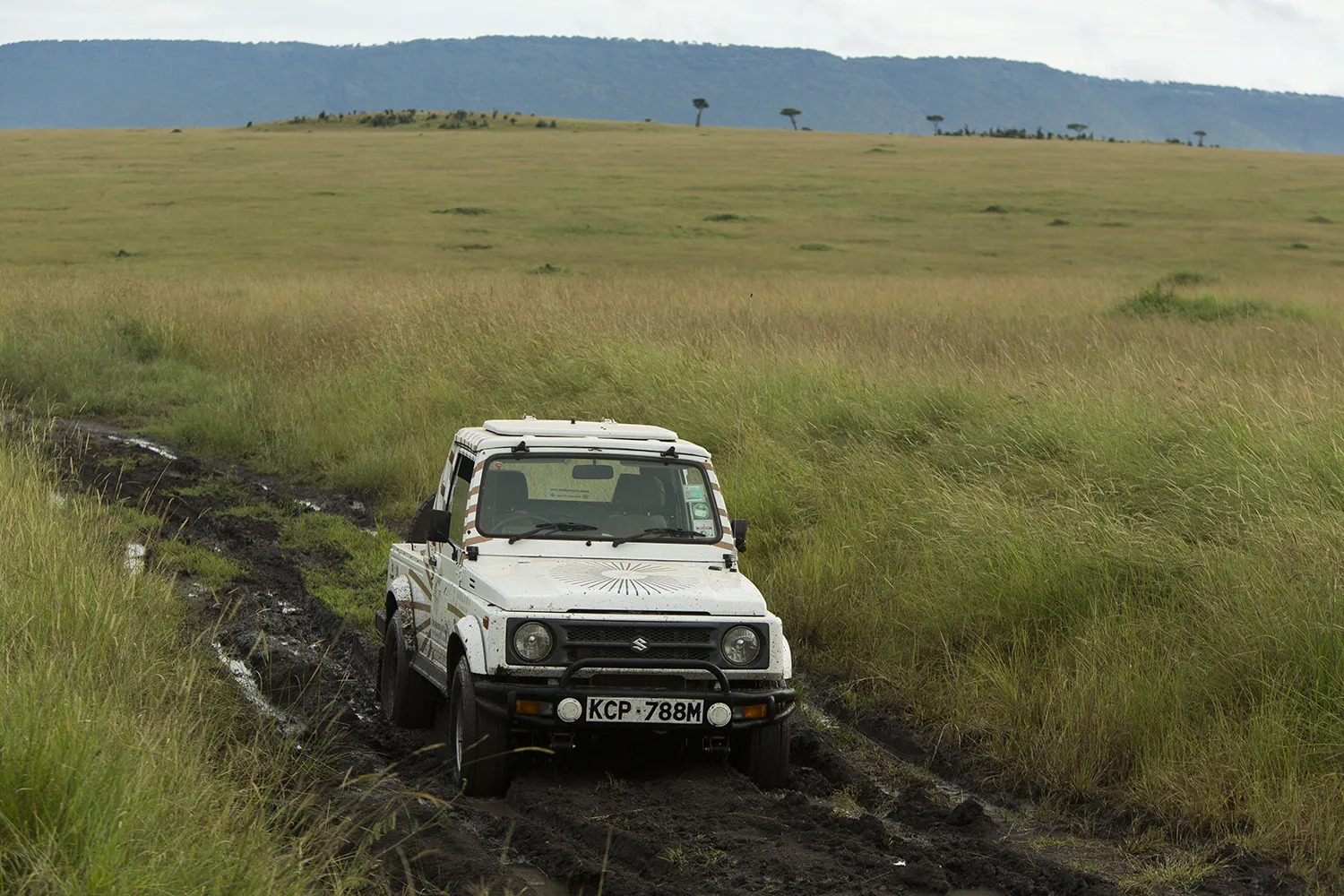
The last time I got stuck was exactly a year ago. Getting stuck really is part of the enjoyment of a safari in the emerald season, and it also shows you are committed to finding animals. I have included this photograph as it shows just how wet the Mara was 365 days ago – so wet that I was getting stuck in the middle of the road. However, this year we have hardly had any rain and the roads are bone dry. [f 4.0, 1/100, ISO 2500, +0.33]
TAGGED WITH: Wildlife Photography, Lion, Elephant, Giraffe, Photographic Safari, Bird Photography, This Week At Angama, Lions of the Mara



COMMENTS (1)
Francis Bagbey
May 18, 2019A particularly good collection of photographs in this edition of TWAA.
REPLY